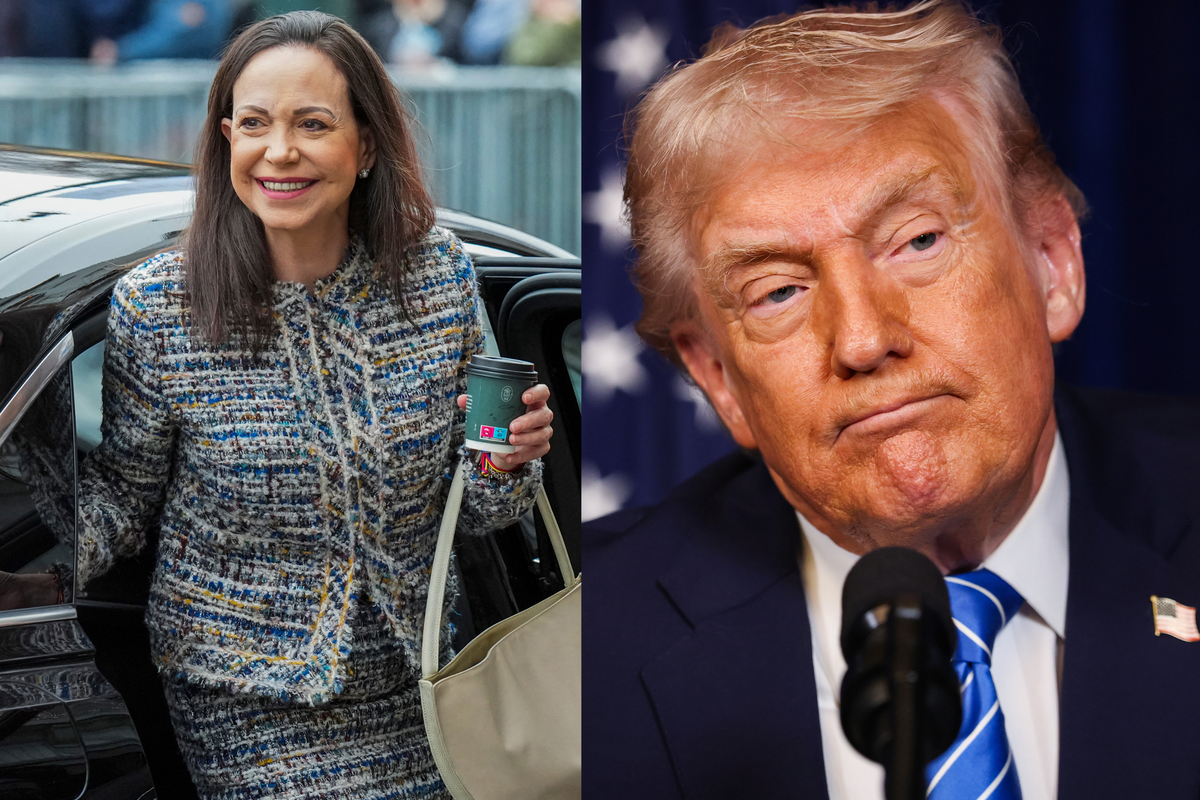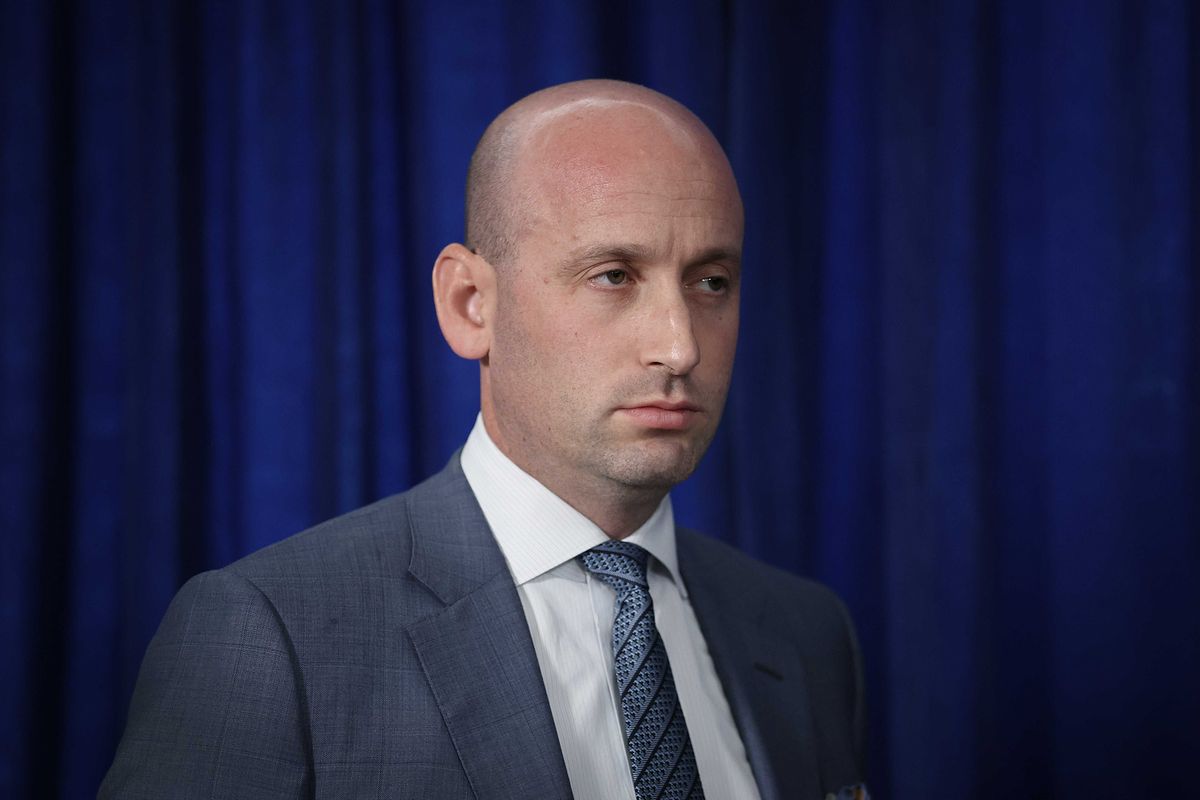News
Evan Bartlett
Dec 02, 2014
The Green Party has today announced that its membership has grown by 100 per cent in the space of the last year from 13,809 to 27,618.
Their upward surge is similar to that seen by Ukip and the SNP over the past 12 months - the popularity of these parties outside the traditional Westminster three is making next year's general election result increasingly difficult to predict.
Natalie Bennett, the Green Party leader, said the figures are a "real marker" of the electorate's desire to see "real change in our society, not the business-as-usual politics offered by the three largest parties".
Political parties are not required to disclose their membership figures which, as the House of Commons library points out, makes data unreliable.
However, latest estimates show that membership levels for the Conservatives (134,000), Labour (190,000) and the Liberal Democrats (44,000) have all been falling in recent years.
Despite the growth of the Greens, Ukip and the SNP it should still be pointed out that political party membership in the UK is at an historic low.
In 1983, 3.8 per cent of the population was a member of a political party compared to less than 1 per cent today. At their peaks in the 1950s, Conservative party membership was over three million while Labour boasted around one million - both now have mere fractions of those totals.
The UK also has one of the lowest political party membership figures in Europe, beating only Poland and Latvia into the last places.
More: How the Green Party says it would run the country
Top 100
The Conversation (0)













